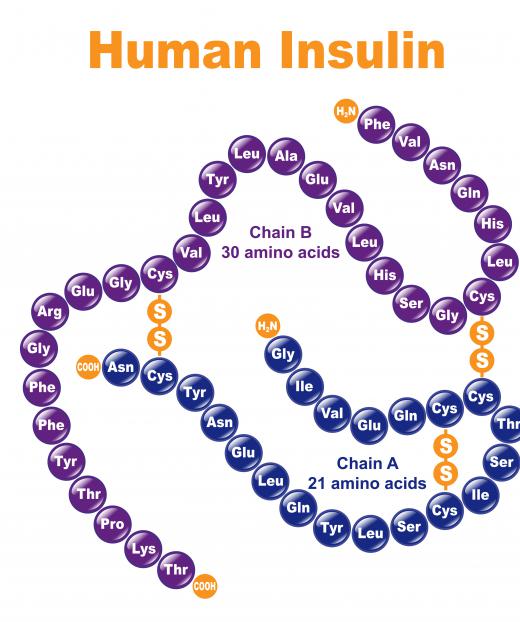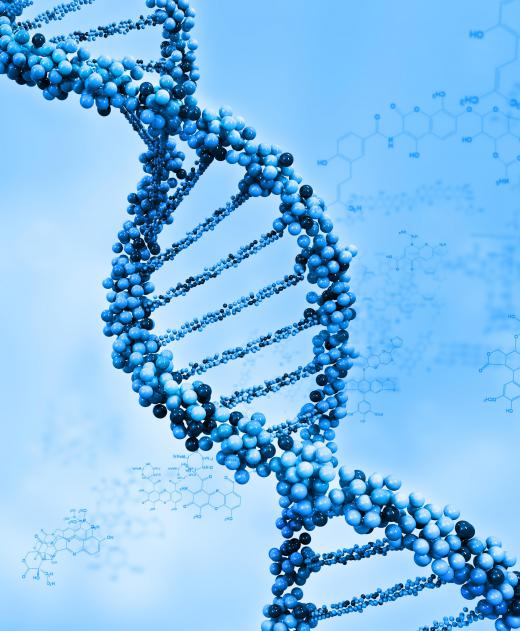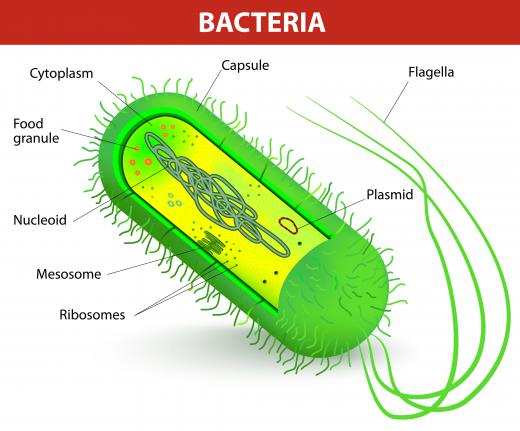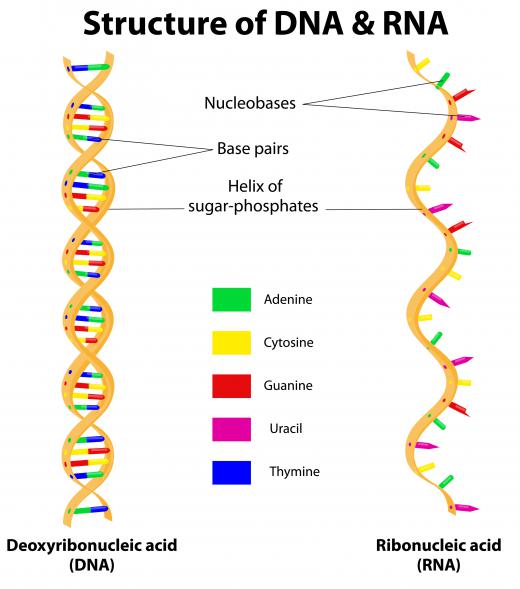What are Plasmids?
Within many different bacteria, small circular pieces of DNA can be found in the cytoplasm. These DNA circles are known as plasmids, and they are separate from the chromosomal DNA, or the DNA that carries the genes for the bacteria cells. Several copies of the plasmids are often present at any one time in the bacterial cell. Plasmids play a very important role in genetic engineering, particularly in gene cloning.
When genes are cloned, the process usually takes place within bacteria. In order to get the gene that is to be cloned into the bacteria, a vector is necessary. A plasmid is what is used as the vector, as it can pass easily from one cell to another.

There are a number of steps involved in gene cloning before inserting a plasmid into a host cell. First, the gene that is to be copied must be isolated, as must the plasmids that are to be used as vectors. Once this is done, the gene must be inserted into the plasmid DNA. The plasmid is then inserted into the bacterial host cell for replication.
To isolate plasmids from bacterial cells, the cells must be initially treated with enzymes to break down the cell walls of the bacteria. The larger chromosomal DNA is the separated from the smaller plasmids using a centrifuge. The isolated plasmid DNA is now ready to have the gene inserted into it.

Plasmids are made up of a double-stranded circle of DNA. To insert the desired gene, the plasmid DNA is cut with restriction enzymes. These enzymes only cut DNA at very specific nucleotide sequences. Once the plasmid DNA has been cut, linker sequences are added to the loose ends that correlate to the ends of the gene to be inserted. This ensures that the gene fits precisely into the plasmid.

Once the gene has been inserted into the plasmid, it is now ready to be inserted into a living bacterium. Bacteria replicate their plasmids so that a single cell can contain many copies. There can be up to 200 copies of a single plasmid within one bacterium. If the plasmid is introduced into many bacterial cells, many copies of the gene can be produced relatively quickly, particularly as bacteria cells replicate about every 20 minutes.

This is the process that is used to create human insulin. The gene coding for insulin was isolated and inserted into a plasmid. All of the plasmids containing the insulin gene were then introduced into a bacterium, where they were replicated. The bacteria then continued to replicate themselves, so that many millions of cells containing the insulin gene can be created in a very short time. This cloned gene now provides a reliable source for human insulin.
AS FEATURED ON:
AS FEATURED ON:














Discuss this Article
Post your comments